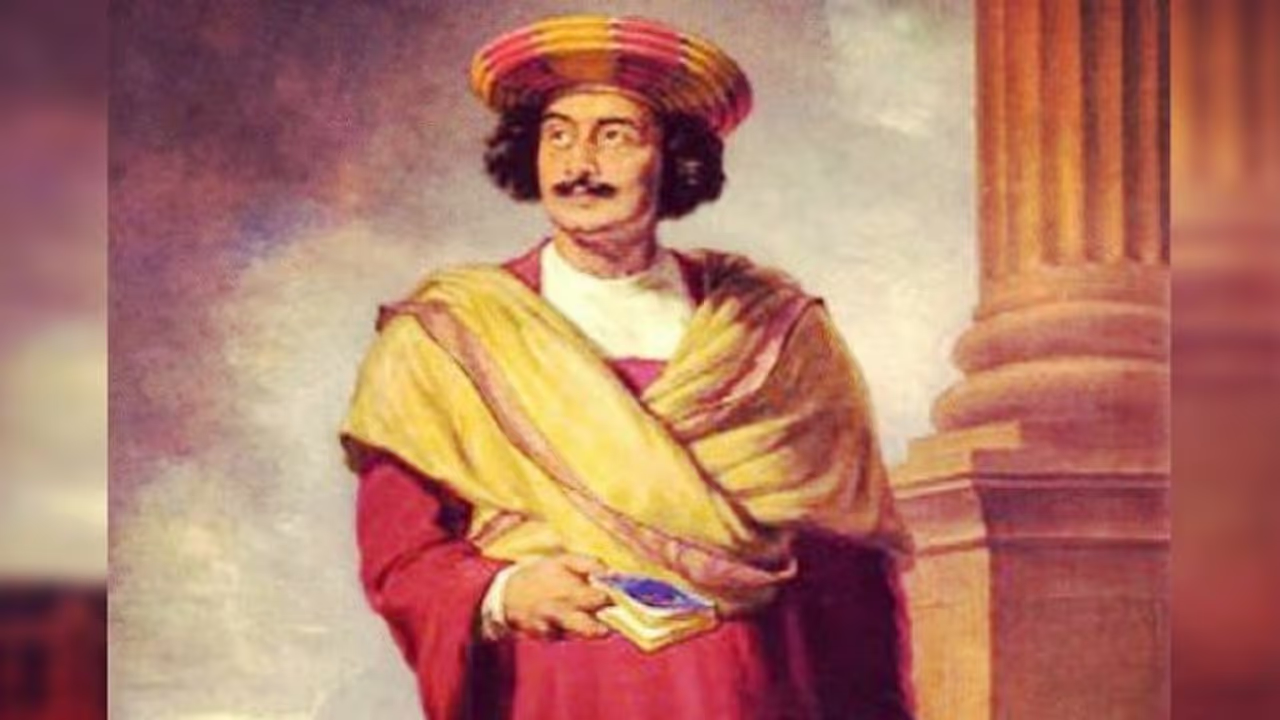Being a strong supporter of free speech and expression, Roy fought for the vernacular press's rights.
Raja Ram Mohan Roy, the pioneer of the modern Indian Renaissance, the title Raja was given to him by Akbar II, the Mughal emperor. Roy joined the East India Company at Murshidabad and returned to Kolkata in 1814, later establishing the Atmiya Sabha in 1815. It was a social organization committed to encouraging dialogue on the faiths and searching for universal truths across the religions.

In 1817, the Presidency College, known as the Hindu College, was established under the leadership of Raja Ram Mohan Roy. Later in 1825, he founded the Vedanta College to learn the ancient wisdom of the Vedas.
Being a strong supporter of free speech and expression, Roy consistently fought for the vernacular press's rights. He established a newspaper in Persian called 'Miratul- Akhbar' (the Mirror of News) and a Bengali weekly named 'Sambad Kaumudi' (the Moon of Intelligence). News and articles in those days had to be approved by the Government before being published. Roy was opposed to this control, arguing that newspapers should be complementary and that the truth should not be suppressed simply because the Government disliked it. He tried hard to nullify the Press Censorship Act of 1823, which trimmed the freedom of speech; in 1835, he saw it happen.
In 1828, the Brahmo Samaj was established and developed a large following from people keen to create social reforms. Because of its fusion of Indian culture with Western notions of education and individual rights, the Brahmo Samaj had a major impact on the social and cultural fabric of Bengal at the time. The Governor-General of India, Lord William Bentinck, announced the 'Abolition of Sati' Act 1829, which made it a crime to coerce, aid or abet anyone in the process of committing Sati.
While travelling in England, Roy fell ill with meningitis and unfortunately passed away on September 27, 1833, to Bristol in southwestern England. He was cremated in the Arnos Vale Cemetery in Bristol. Amid the College Green, a statue of Raja Rammohan Roy stands tall at Bristol University to recognize this pioneer of social change.
Also Read: Father Of Indian Renaissance: Raja Ram Mohan Roy
Also Read: On This Day: Father Of Indian Renaissance Raja Ram Mohan Roy Was Born
Also Read: 5 things you need to know about Raja Ram Mohan Roy
